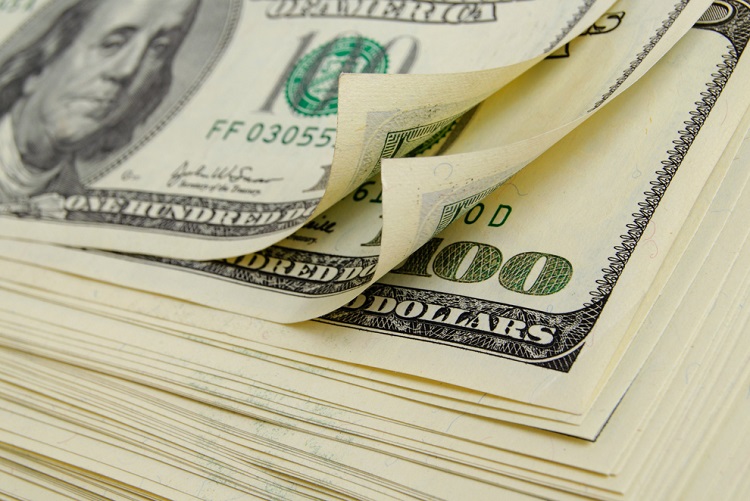Over a year has gone by since Alibaba’s (BABA) ballyhooed IPO.
Alibaba is now a household name. Its founders obscenely rich. Its capitalization reaching an amazing $178 billion.
And because its IPO was the biggest in history and shares surged on the day of the IPO, it’s considered a supremely successful launch.
Nothing I’ve come across has challenged that notion.
But could it have been done better? Could it have generated more winners and fewer losers?
It’s time to revisit the IPO and determine anew just how well Alibaba managed it.

And the Winners Are…
The biggest decisions to be made heading into an IPO?
Timing and price.
Alibaba nailed the timing. So let’s move on and take a closer look at price.
An IPO involves four main price points…
You should know that Alibaba has no control over any of these prices.
The IPO price is based on informal feedback from institutional buyers. There’s some discretion, but not much.
The price set on the morning of the IPO date is determined by the market maker (Barclays for Alibaba) and based on the orders coming in from both retail and institutional investors.
Orders can be a bid (buying shares) or an offer (selling shares). The opening price tries to maximize the trades stemming from these orders. The chosen price falls between the higher selling prices and lower buying prices submitted. (For more details on how this works, click on this quite useful explanation.)
Once public trading begins, the company hopes shares immediately rise (bullet No. 3) and keep on going up (bullet No. 4).
If shares fall on the first day, the IPO is considered a bust. It they rise, it’s deemed a success. But as we’ll now find out, it’s a lot more complicated.














Leave A Comment